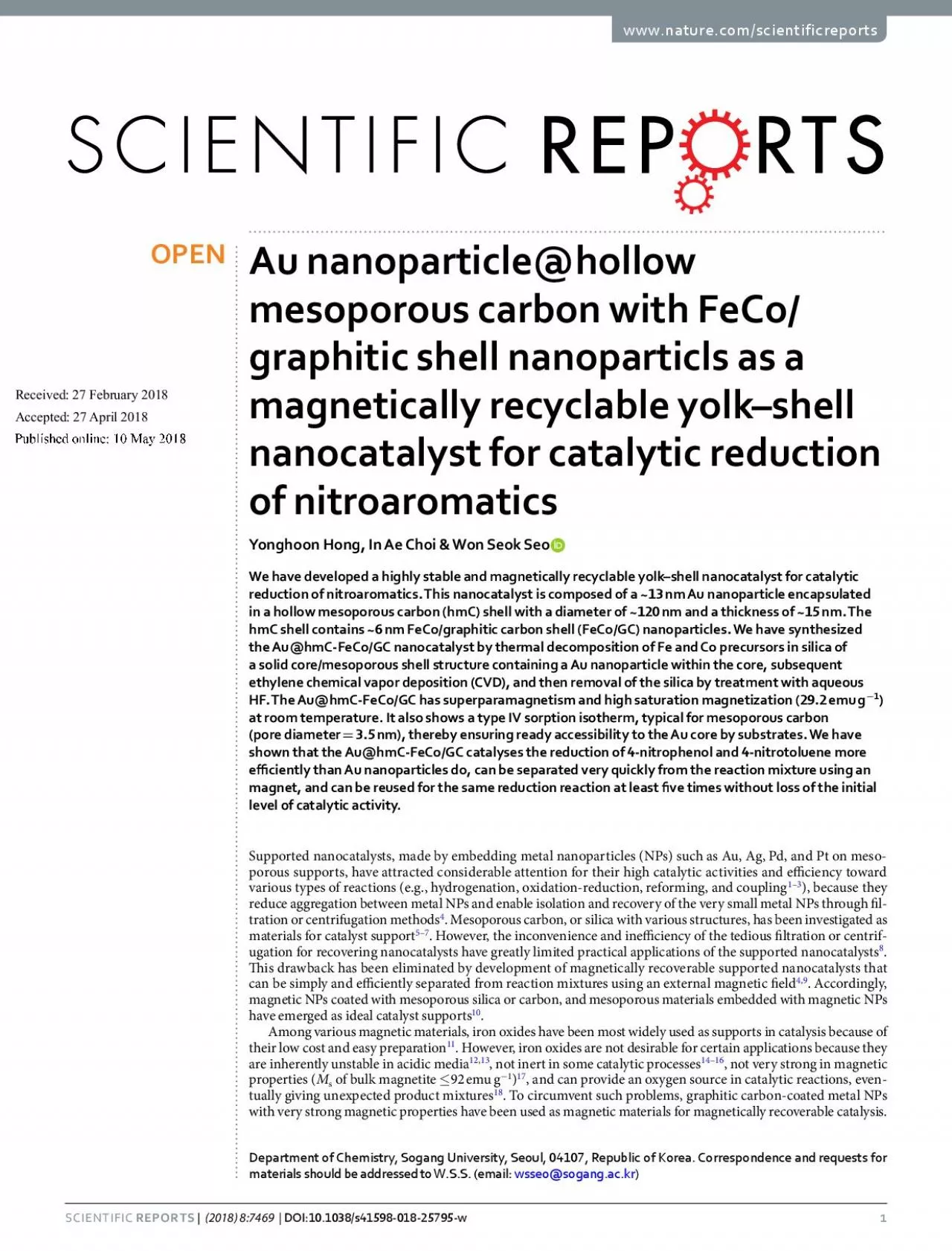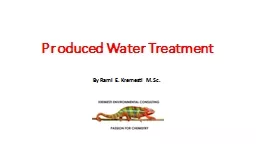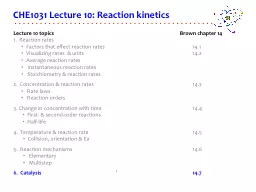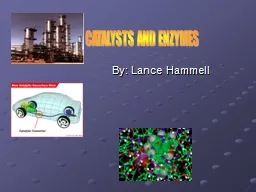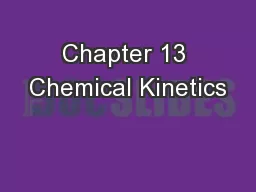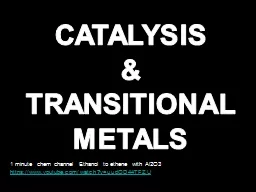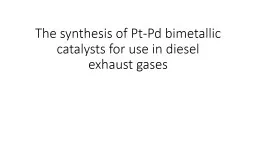PDF-Reiser et al produced magnetically recyclable catalysts for various re
Author : ximena | Published Date : 2021-08-07
2Figure 1Schematic illustration for the preparation of AuhmCFeCoGC catalytic reduction of 4nitroarene to 4aminoarene by the AuhmCFeCoGC and separation of the AuhmCFeCoGCs
Presentation Embed Code
Download Presentation
Download Presentation The PPT/PDF document "Reiser et al produced magnetically recyc..." is the property of its rightful owner. Permission is granted to download and print the materials on this website for personal, non-commercial use only, and to display it on your personal computer provided you do not modify the materials and that you retain all copyright notices contained in the materials. By downloading content from our website, you accept the terms of this agreement.
Reiser et al produced magnetically recyclable catalysts for various re: Transcript
Download Rules Of Document
"Reiser et al produced magnetically recyclable catalysts for various re"The content belongs to its owner. You may download and print it for personal use, without modification, and keep all copyright notices. By downloading, you agree to these terms.
Related Documents

